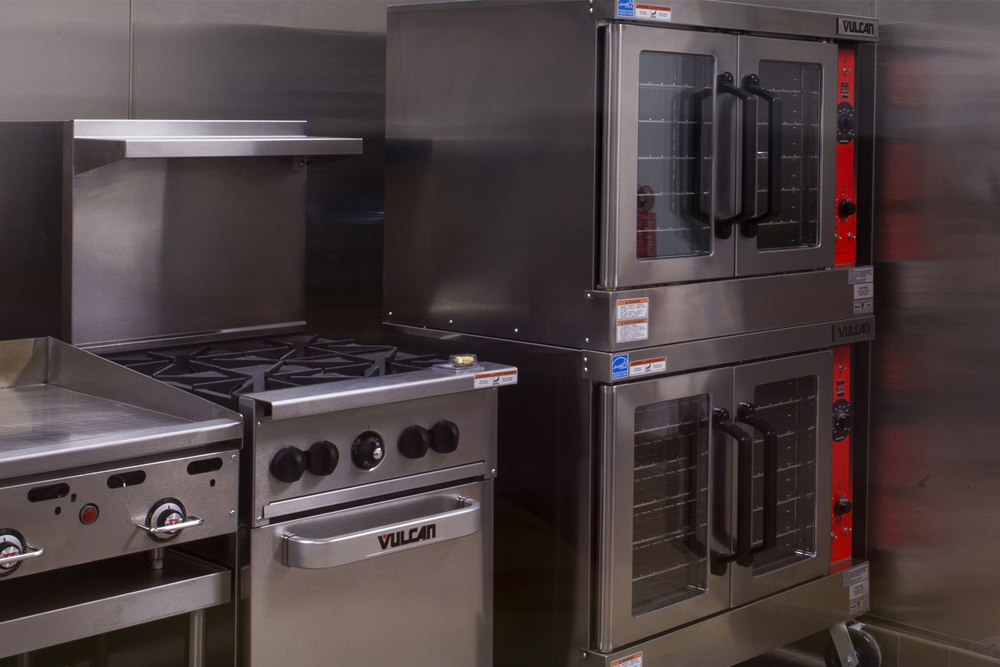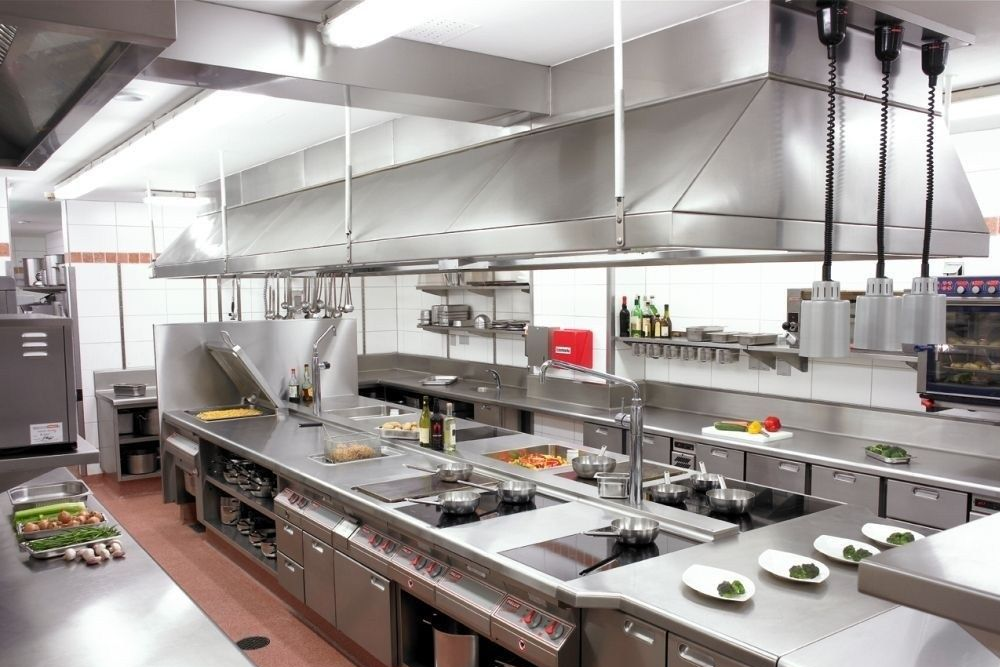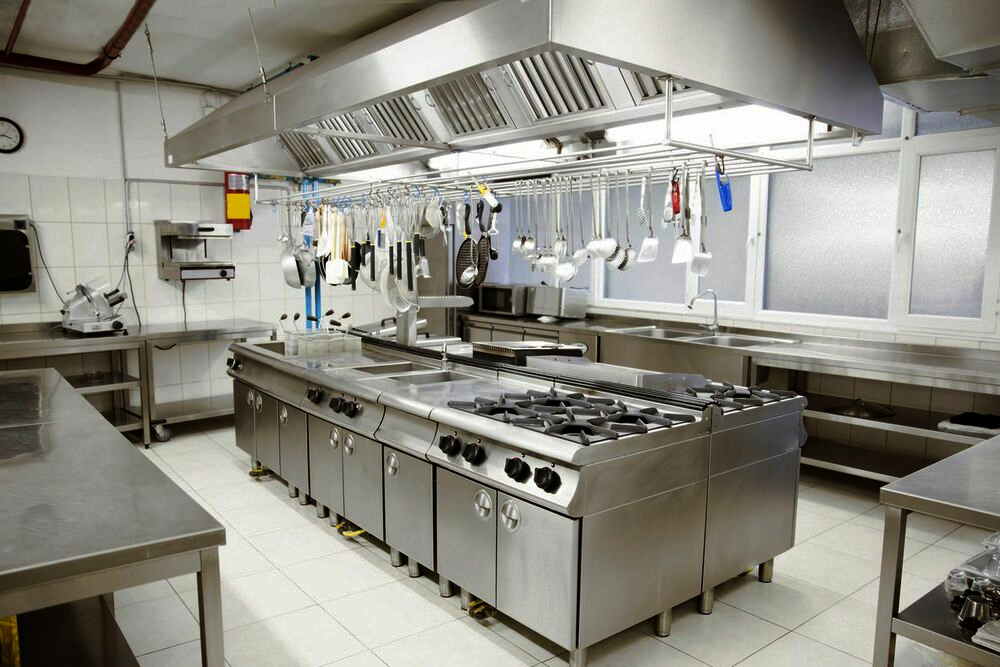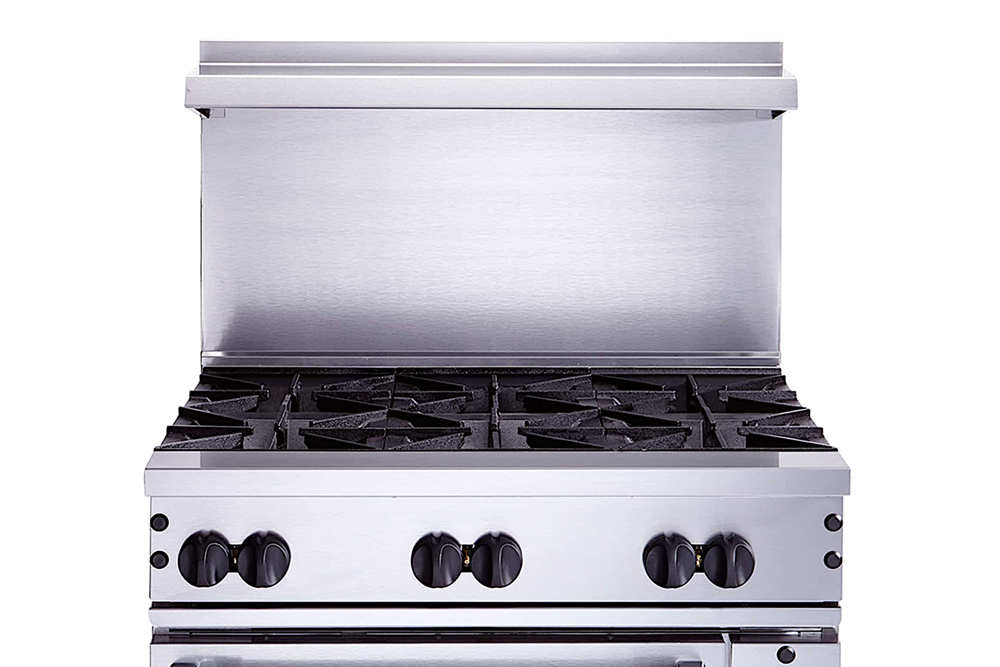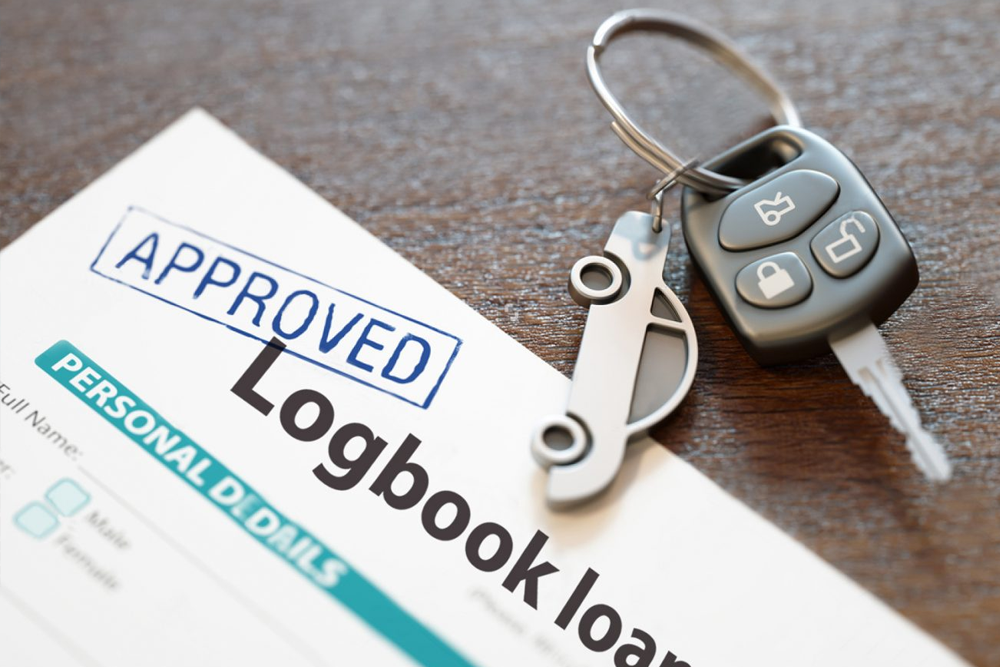 Here’s the Easiest Way to Save for Every Large Purchase
Here’s the Easiest Way to Save for Every Large Purchase
It can be exhausting to think about the amount of money you will need for a big purchase, such as making a down payment on your first home or paying for a wedding. A great place to begin is calculating how much you will need to save per month to meet your goal. For instance, let us say you are planning to get married in eighteen months, and you want to have $10,0000 saved up to cover some of the wedding expenses. $10,000 divided by eighteen months comes to $555 per month. That possibly seems like a lot of money, and that is because it is a lot of money.
There is no shortcut to saving money. It takes time, patience, and effort. Still, there are strategies you can choose to make the process simpler. Check them here:
Set hard parameters
Even though it sounds easy, the first step toward buying a valuable item is to determine how much it costs and how much you will need to save to afford it. Determining the cost of an item is not always straightforward, though. For example, the cost of a car restoration can vary based on various factors from the model, make, condition, and age.
After you have determined how much your dream item should cost, you will have to tabulate how much money you will need to save. If you need $2,000 to make a big purchase and plan to save $200 extra a month, you will be able to purchase what you want in ten months.
Commit to paying cash
The sooner you devote to paying for things (all things) with cash, the sooner you will be able to really start taking control of your money so that you can begin building long-term financial stability and wealth. When you commit to leaving credit card balances and loans behind, you do not have all that money wasted on interest payments to somebody else. You can use it instead to reach your own incredible financial goals.
Decide if the large purchases are really worth money you would spend on them
Assess your budget to determine if you can really afford the large item you want to save. As mentioned in the strategy just above, ensure you can purchase the item with cash in the required time frame, without going into consumer debt or depending on a credit card.
And then consider if buying the item is worth probably overshadowing other financial goals. Most of us do not have adequate money to buy everything we need, so we have to choose our financial priorities.
Look at everything you purchase in terms of the hours it takes you to pay for the product ( in terms of the life energy spent). For instance, if you make $30 per hour and purchase the latest smartphone for $900, was it worth the thirty hours of your life that you had to work to afford it? And if you buy a new $20,000 auto, is it really worth working 667 hours?
Declutter and hold a sale
Do you want to speed up the saving process and improve your personal financial situation? Then consider cleaning out your basement, garage, attic, or hosting yard sales. Besides, you might be able to sell old items such as furniture online for surprisingly lucrative prices. Note, there is no need to hold on the possessions you no longer use or enjoy often.
Track your spending
Whereas most people want to save more money, few take the time to log their spending habits accurately. Note down every purchase you make in a given week. Odds are, you will find one or two areas where you were spending too much cash and did not even realize it.
Set up separate savings accounts for all the items you want to save for and automatically transfer money into them automatically
The best way to guarantee that you do not spend money you were saving for one thing on something else is to frame multiple savings accounts.
If your credit union or bank does not offer very good interest rates on savings accounts, check out CIT Bank or another online bank with high-interest rates. You can transfer money into savings accounts once a month, or every other week, or opt for several different options that they offer.
Make some cuts in spending
If you have to make a big purchase reasonably soon, then look for ways to reduce spending in other sections so that you can put more money toward the large purchase and purchase it sooner with cash. For instance, you might cut your food budget, limit your family’s eating out to one time per month, find ways to lower your utility bills, cut your cable, reduce your transportation spending, go on clothes-buying fast, or even do no-spend challenges.
Consider earning extra income to go toward big purchases
If you want to purchase the product more quickly than your current budget will allow, even after cutting your spending, you can also earn extra income. There are many side hustles and side jobs, such as blogging that you can do from home.
Consider buying the item used
As you prepare to make larger [purchases, do not forget to look at the probability of purchasing the item used. Most used items still have a lot of life justify in them, and the savings can be substantial. So do not overlook this alternative when considering the best purchase for you and your family. You can look at local classified advertisements, eBay, Amazon, Craigslist, thrift stores, and garage sales.
Use the 50/20/30 rule
The 50/20/30 rule recommends that you spend fifty percent of your take-home on necessities such as rent and food or mortgage payments, twenty-percent on savings and debt reduction payments, and thirty percent on lifestyle choices ( happy hours and gym memberships). If your take-home pay is $3,000 monthly and you have no debt, that indicates you should be saving $600 per month. Your savings might add up faster than you expect.
Start small
If twenty percent of your take-home seems like a lot to save, you can start small- even though it is $50 or $100 monthly. Like exercise, saving only a little is better than saving nothing at all, and you are much more likely to continue saving if you set small, attainable goals.
Invest some of your money, or put it in a high-yield savings account
If you are saving money for something you do not intend to buy for at least two or three years, such as a house, you may consider contributing to a mutual fund. Typically it has a higher return rate than a traditional money or savings account. You can also consider moving your money to a high-yield savings account to earn extra interest; however, beware that the interest rate can go down at any time without warning.
If nothing else, start a change jar
It might sound too simple; however, this is a great way to amass a nice little savings pile, mainly if you use cash on a semi-regular basis. Anytime you feel your wallet is getting a bit too heavy, dump the spare change into a jar and forget about it. People have saved $3,000 or more using a 5-gallon water cooler jug.
Shop around, and negotiate the purchase price
Prices for items vary widely based on where you buy them, so take a little time to do your homework. Before you purchase, shop around online to look for the best deals. Based on the price of the item, this can save you hundreds or even thousands of dollars- the savings is worth the effort. And after you find the best deal for what you are searching for, do not be afraid to negotiate. You do not lose anything by simply asking. Always try asking if the seller can do better than that. The more experience you get negotiating for lower prices, the simpler it will become.
Celebrate milestones along the way
As you save for your big purchase or purchases if you require the extra encouragement to save up and purchase the item for cash instead of going into debt for the item, reward yourself in the course of saving. For instance, if you are saving to purchase a $12,000 car with cash and you plan to save for two years to do that, you might go out to dinner every six months to keep yourself motivated and on track. Alternatively, you can treat yourself to your favorite ice cream shop, or purchase a new pair of jeans, or anything that will help you stay on track to meet your goal.
Keep your goal in mind
It might take time, months, or even years to finally save up enough cash to purchase a brand new computer or afford your dream vacation; however, if you really want something, you have to work for it. The key is always to keep your ultimate goal in mind. Doing this will make the time pass faster and keep you motivated when you start to feel demoralized.

 Here’s the Easiest Way to Save for Every Large Purchase
Here’s the Easiest Way to Save for Every Large Purchase

